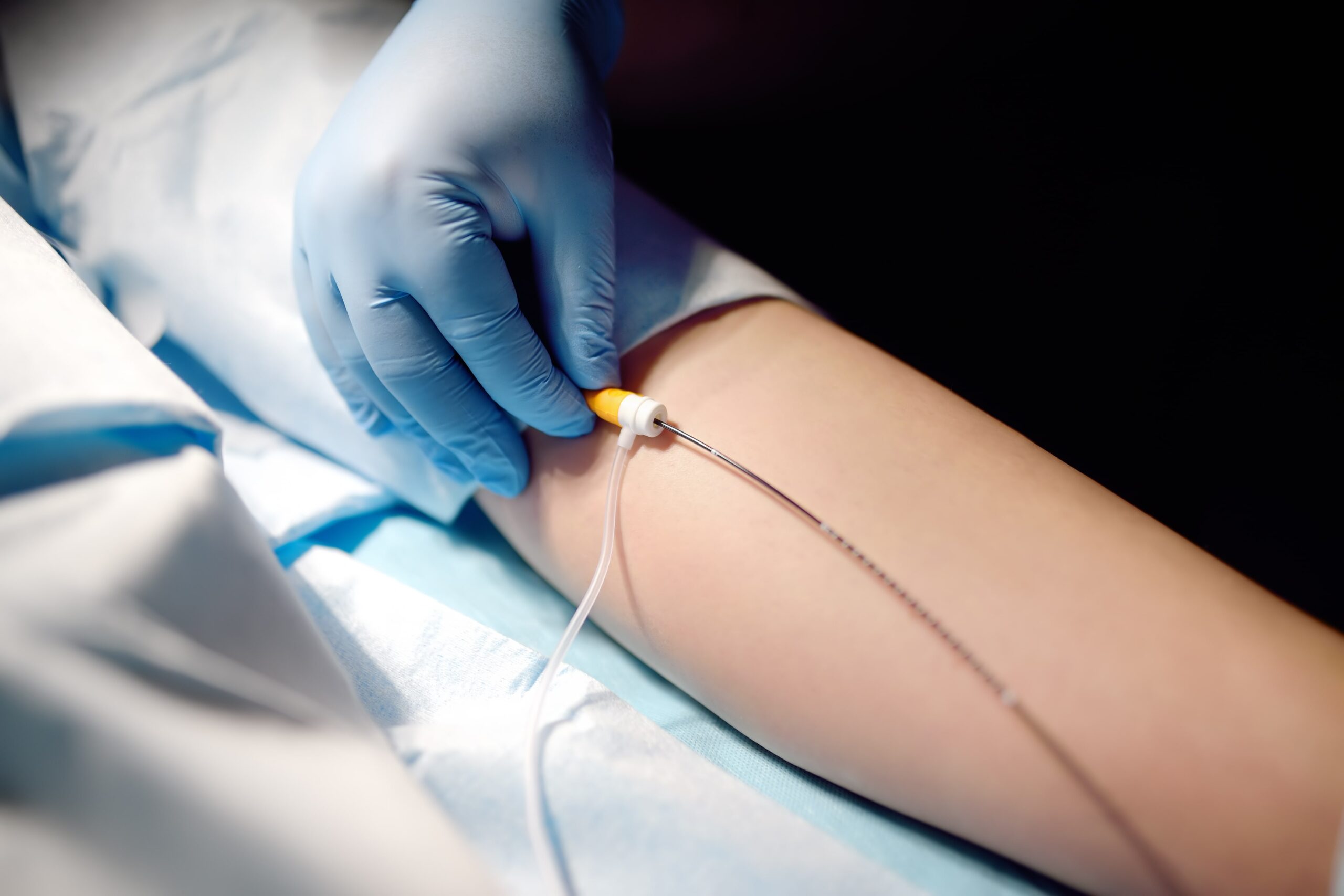Endovenous Ablation: A Modern Solution for Varicose Vein Damage
Endovenous Ablation: A Modern Solution for Varicose Vein Damage
Varicose veins are a common condition where veins, most often in the legs, become enlarged and twisted. This occurs when the valves in the veins that regulate blood flow become weak or damaged, causing blood to pool in the vein. The result is not only unsightly but also potentially painful and uncomfortable. Thankfully, modern medicine offers several minimally invasive treatments for varicose veins, one of which is endovenous ablation.
Understanding Endovenous Ablation
Endovenous ablation is a medical procedure designed to close off and eliminate damaged varicose veins using heat. The process involves inserting a catheter into the affected vein, through which heat either from laser or radiofrequency energy—is applied. This heat causes the vein walls to collapse and seal shut. Over time, the treated vein can be reabsorbed by the body, and blood flow is naturally redirected to healthier veins.
Types of Endovenous Ablation
- Endovenous Laser Ablation (EVLA): This method uses laser energy to heat and close the varicose vein. The laser fiber is inserted through the catheter and, as it is slowly withdrawn, the laser energy heats the vein, causing it to collapse and seal.
- Radiofrequency Ablation (RFA): Similar to EVLA, RFA uses radiofrequency energy instead of laser. The catheter delivers radiofrequency waves that heat the vein, leading to its closure.
Procedure and Recovery
The endovenous ablation procedure is typically performed on an outpatient basis under local anesthesia. Here’s a step-by-step overview of what patients can expect:
- Pre-procedure Preparation: Before the procedure, patients undergo an ultrasound to map the vein’s anatomy and plan the treatment. They may be advised to avoid certain medications and wear loose-fitting clothing on the day of the procedure.
- During the Procedure: Patients lie on a comfortable table while the area is numbed with local anesthesia. A small incision is made, usually near the knee or calf, and a catheter is inserted into the vein. Using ultrasound guidance, the catheter is navigated to the treatment site.
- Ablation Process: Once in place, the catheter delivers either laser or radiofrequency energy to heat the vein. The heat causes the vein to contract and eventually seal shut. The entire process takes about 30 to 60 minutes per leg.
- Post-procedure Care: After the procedure, a compression bandage or stocking is applied to the treated leg to aid healing and reduce swelling. Patients are usually encouraged to walk immediately after the procedure to promote circulation. Most people return to their regular activities within a day or two, although they may need to avoid strenuous exercise for a week or more.
Benefits and Risks
Advantages
- Minimally Invasive: Endovenous ablation is less invasive than traditional surgery, resulting in smaller incisions, less pain, and quicker recovery.
- Effective: Studies show high success rates, with significant reduction in symptoms and improved appearance of the legs.
- Quick Recovery: Most patients resume normal activities within a few days.
Potential Risks
As with any medical procedure, endovenous ablation carries some risks:
- Infection at the insertion site
- Blood clots
- Nerve damage
- Skin burns or discoloration
However, complications are rare, and the benefits often outweigh the potential risks.
The Take Away
Endovenous ablation offers an effective, minimally invasive solution for those suffering from varicose veins. By using advanced technology to close off damaged veins, this procedure helps patients achieve symptom relief and improved leg appearance with minimal downtime. If you are struggling with varicose veins, consult Dr. Mark Zuzga, D.O. a vascular specialist in Safety Harbor and Tampa, Florida to see if endovenous ablation is a suitable option for you.
www.WestFloridaVascularandVein.com
727-712-3233 Call today to schedule your consultation!


 Under the expert guidance of our Board Certified Vascular Surgeon, Dr. Mark Zuzga, our team of Vein Specialists & Vascular Experts are committed to delivering top-tier outpatient vascular & vein evaluation and treatment throughout the greater Tampa & West Florida surrounding areas. Should you find yourself dealing with leg pain, swelling, ulcers, discoloration, or the appearance of spider and varicose veins, we invite you to request a screening today
Under the expert guidance of our Board Certified Vascular Surgeon, Dr. Mark Zuzga, our team of Vein Specialists & Vascular Experts are committed to delivering top-tier outpatient vascular & vein evaluation and treatment throughout the greater Tampa & West Florida surrounding areas. Should you find yourself dealing with leg pain, swelling, ulcers, discoloration, or the appearance of spider and varicose veins, we invite you to request a screening today